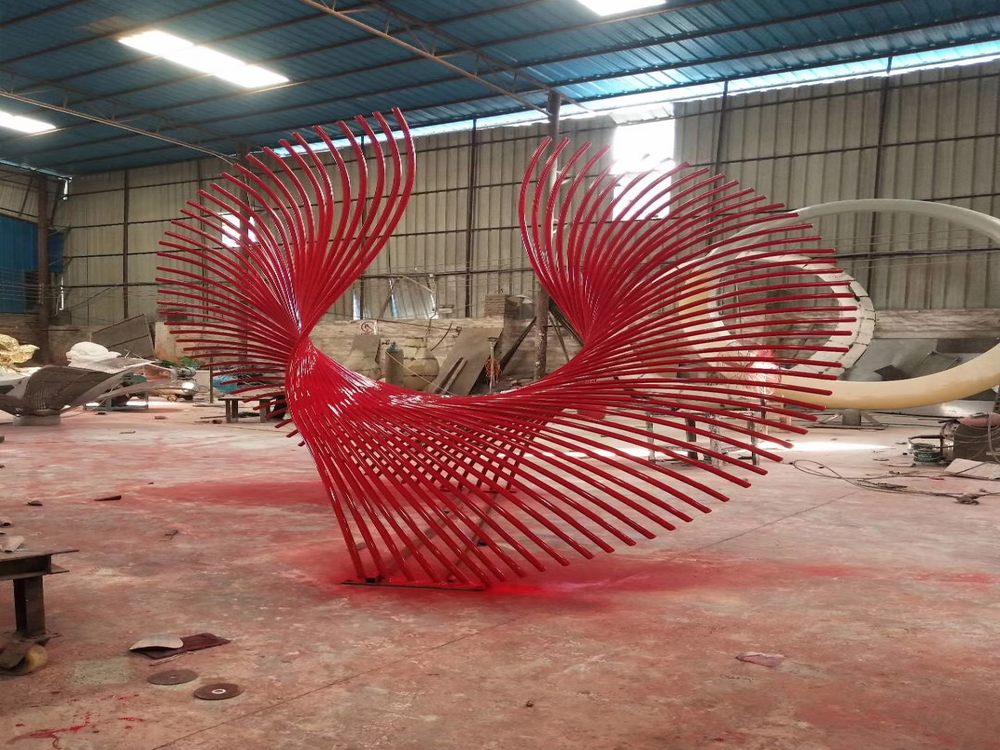
Artists achieve mesmerizing texture contrasts within a single stone sculpture through deliberate techniques that highlight the material's natural properties. By combining polished and rough surfaces, sculptors create visual tension that draws the eye. Many begin by carefully selecting stones with inherent veining or color variations, then amplify these features through strategic carving.
Key methods include:
1. Differential polishing - leaving some areas matte while buffing others to a high gloss
2. Layered carving - using chisels of varying coarseness to create smooth-to-jagged transitions
3. Incised detailing - adding fine lines or patterns that catch light differently
4. Natural edge preservation - maintaining raw stone sections alongside worked areas
Contemporary sculptors often employ pneumatic tools alongside traditional hand chisels to achieve greater textural precision. The most successful works balance these contrasts harmoniously, guiding the viewer's touch through visual texture alone. Some artists even incorporate the stone's geological history, leaving weathered surfaces intact as counterpoints to their precise carvings.
This interplay of textures transforms static stone into dynamic art, with smooth areas appearing to flow into rough patches, creating movement and depth in what would otherwise be a solid, unchanging material. The technique requires both technical mastery and artistic vision to manipulate a single medium into presenting multiple tactile illusions.

